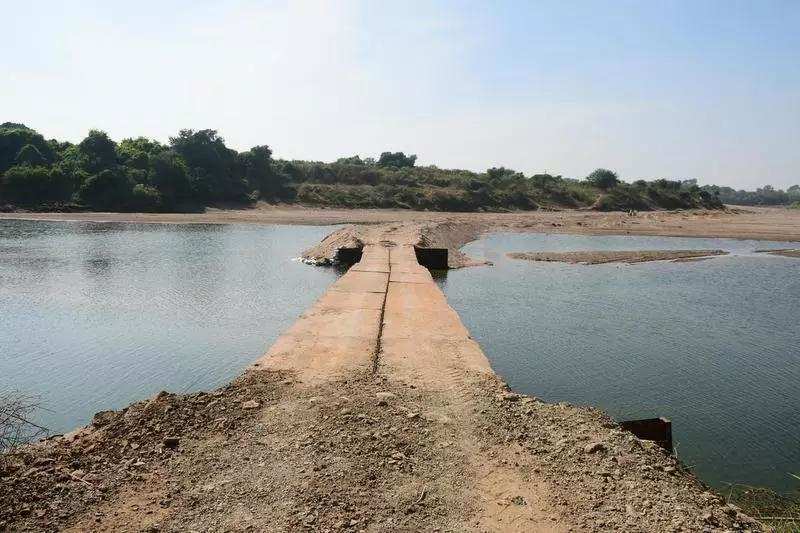
KULLU: While confirming that sand mining mafia is active along the Chakki river in Kangra district, a joint committee of officials has informed the National Green Tribunal (NGT) that stone-crushing units are even altering the course of the river at many places.
In a status report, submitted recently to the tribunal, the joint committee, comprising Kangra deputy commissioner Hemraj Bairwa, Himachal Pradesh State Pollution Control Board (HPSPC), Dharamshala, Regional Officer Varun Gupta and Central Pollution Control Board (CPCB) scientist Narender Sharma, has stated that the silt from the stone-crushing units is being directly discharged into the river through pipelines and open channels and in violation of the prescribed environmental norms.
The joint committee members, who conducted an inspection along the bank of Chakki river on Dec 2 between Kandwal-Lodhwan-Tipri belt in Nurpur tehsil of Kangra district following NGT directions, have further state in the report that it was likely that such units might be consistently discharging silt into the river.
“There are 11 stone crushers on the bank of Chakki river between Kandwal and Tipri. The silt discharge from these units could potentially alter localized river flow at various places and lead to erosion along the banks,” states the report. According to the report, the committee members also observed signs of unscientific riverbed mining exceeding the prescribed limit of 2 meters at several locations. The report adds that in order to gain further proof of unscientific mining, the joint committee is also analyzing satellite data of the last five years of the concerned area.
To prevent illegal transportation of mining material into the adjoining areas of Punjab, police posts have been set up at a number of places including Baba Kudi Mandir and Jhikli Khanni. However, according to the report, since it’s an interstate boundary area, there is always a dispute involving the identification of offenders, many of whom are from Punjab and involved in illegal mining.
The report states that the Kangra district administration has taken up the matter with the Punjab government for the clear demarcation of boundary along the river bed. But the Punjab government is still to take any action in this regard, states the report.
The report also mentions that in the last five years, a total 305 cases of mining in Chakki river have been detected in the concerned area and 1223 illegal mining chalans issued.
The report concludes that a drone survey and satellite data analysis is necessary to know the extent of illegal mining in the Chakki river. Acting on a letter petition, filed earlier this year by Sanjeev Dogra, the NGT on November 7 had ordered the formation of a joint committee to look into the complaints of illegal mining on the riverbed of Chakki river. Dogra had stated in his petition that illegal mining was not only disturbing river ecology but also causing damage to flora and fauna of the area and damaging the environment.
It may be mentioned that in 2022, a portion of the colonial-era Chakki railway bridge on the Pathankot-Jogindernagar narrow gauge line had collapsed and a highway bridge over the river was damaged due to floods.
The locals and environmentalists had blamed rampant illegal mining in the riverbed of Chakki for the weakening of the highway bridge and for the collapse of the portion of the railway bridge. The mining has caused massive erosion of the river bed, and whenever the water level in the Chakki rivulet rises during monsoon, it damages the bridge pillars.






